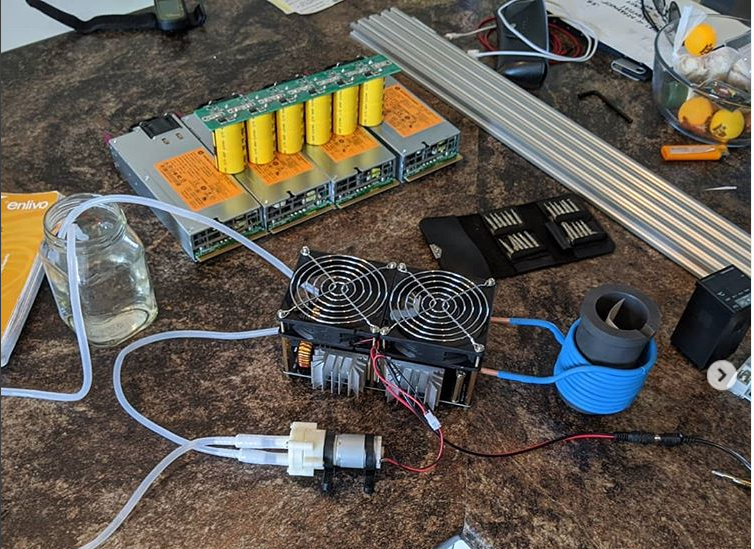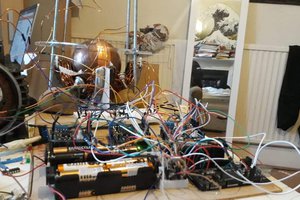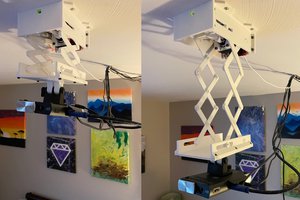The ArcticMicroFactory sub-reddit was started because I waned somewhere to post information that I found to track various examples of applied methods for recycling aluminum, copper wire and plastic.
In an ideal world, recycling should start and end at home. The Aluminum Recycling Micro Factory is the aluminum recycling portion of a larger, longer term project to make recycling possible in the Canadian arctic or anywhere that conventionally available recycling operators exist. That project is located here.
If you're interested in contributing, I'd be happy to collaborate. I could definitely use the help.
The Aluminum Recycling Micro Factory project will be borrowing a lot of hardware design principles from an open hardware design project called Precious Plastic. For the purposes of design, ideas will be borrowed from the Precious Plastic project's open hardware basic shredder and scaled down to a small enough size to fit within an automated backyard bulk aluminum can processor.
Here is the Precious Plastic community page. The CAD design files for a basic shredder can be found there.
However, I will also be releasing the design that I am working on as as an open hardware design as well.
Aluminum Recycling Micro Factory
What if you could recycle your aluminum cans at home and could process a large volume of cans semi-autonomously?
 hominidae
hominidae




 Peter Sinclair
Peter Sinclair
 wschneider
wschneider
 Alex Dunnett
Alex Dunnett
 Sam Baker
Sam Baker
A Micro Factory that is working towards nothing less than a better environment. We are passionate about making a difference and we take pride in our resources recycling and all our processes are environmentally friendly. Aluminum casting Recycling is very easy with GSAL.